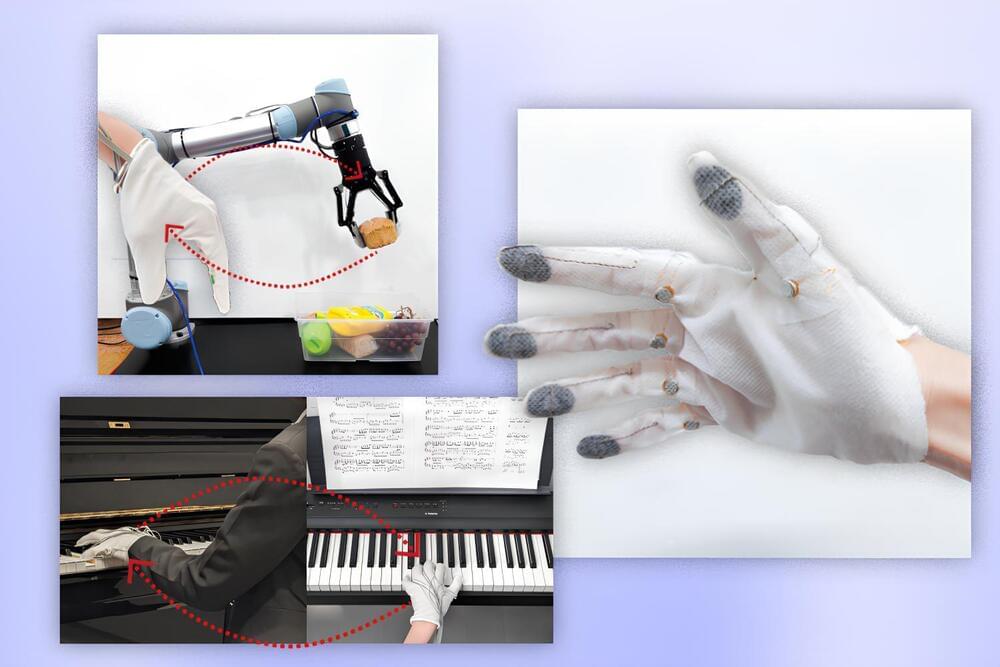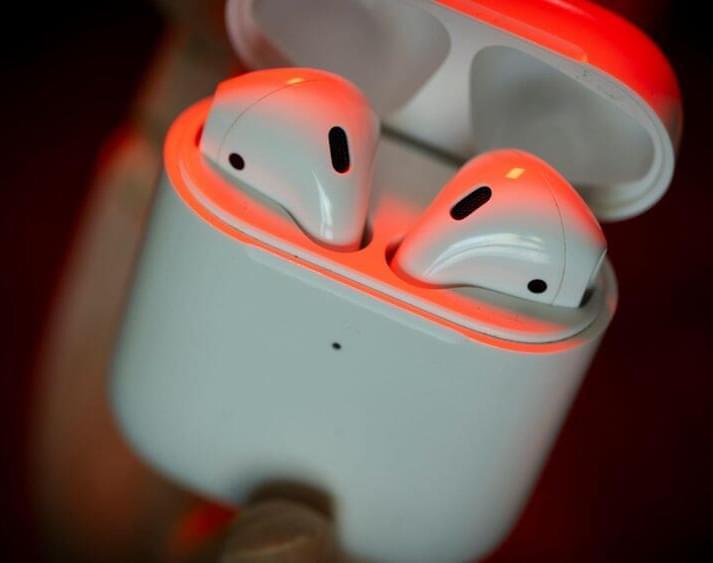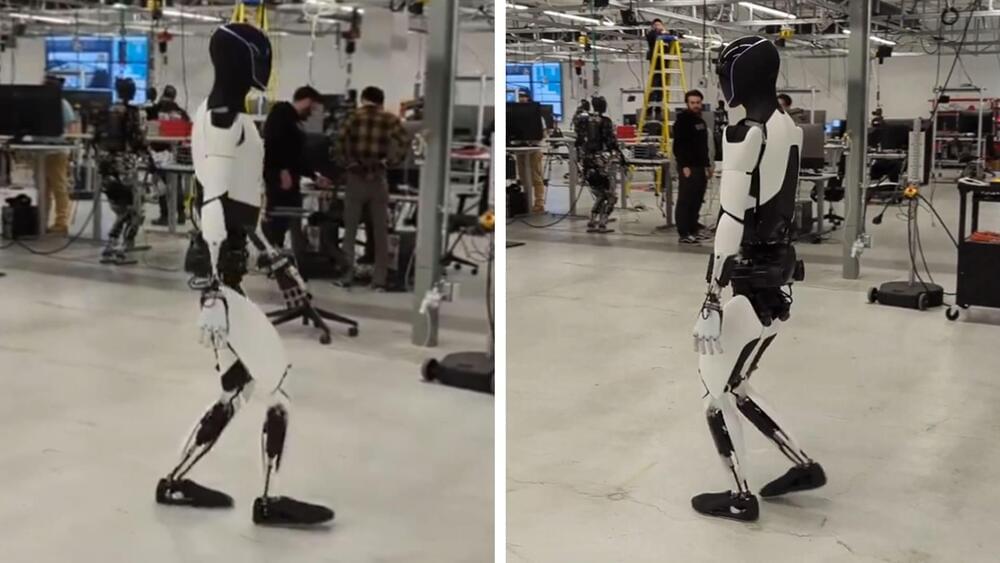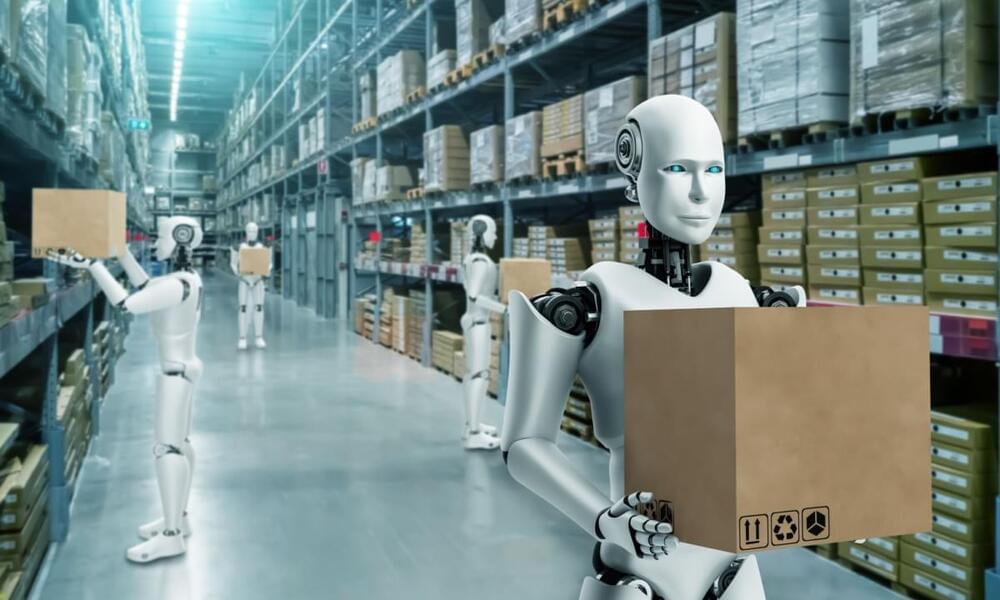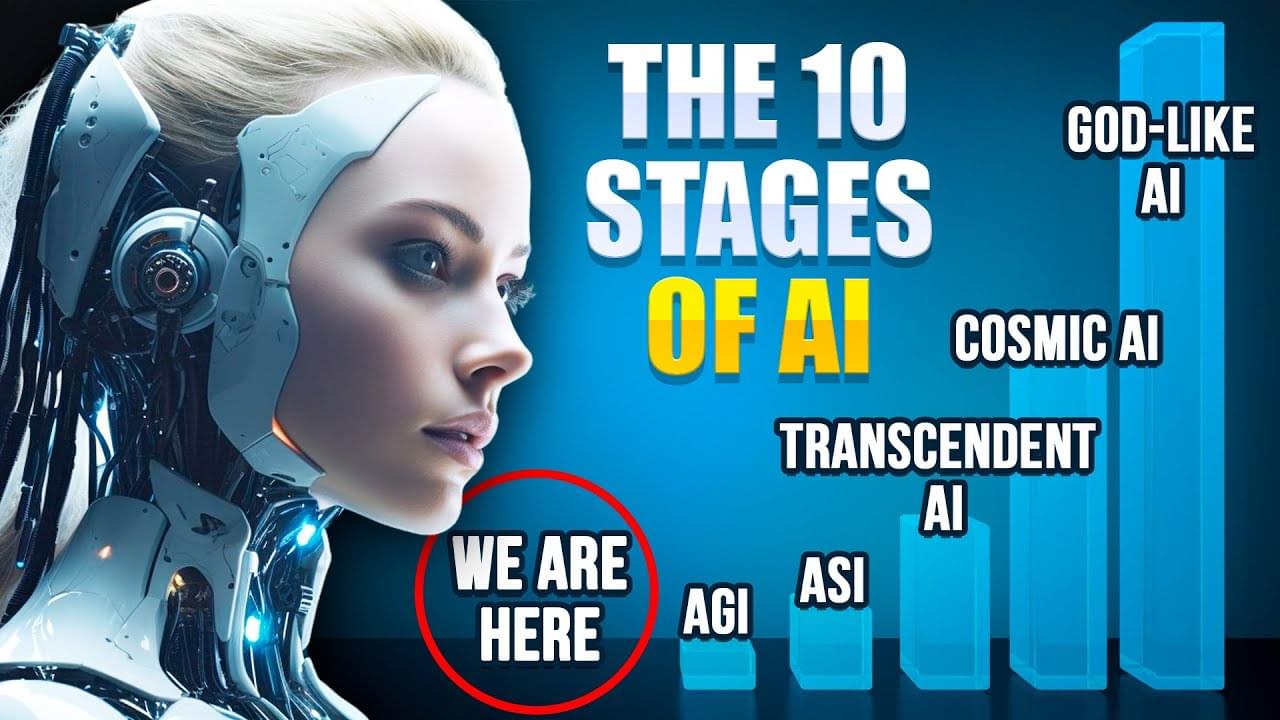Feb 27, 2024
MIT takes a hands-on approach to tactile learning
Posted by Shailesh Prasad in category: robotics/AI
Some folks prefer to get a grip on things to better understand concepts. Researchers have developed smart gloves for tactile learners that use haptic feedback and AI to teach users new skills, fast-track precision training and control robots remotely.
We’re all different, and that affects how we approach learning. Generally speaking, there are those who benefit most from observing or seeing things, others who take in more if the information is reinforced by sound, some absorb most when stuff is written down or through writing out concepts themselves. And then there are folks who prefer to get handsy or learn by doing. Or combinations of the above.
A team that includes researchers from MIT’s Computer Science and Artificial Intelligence Laboratory (CSAIL) has developed sensor-packed smart gloves to help kinesthetic – or tactile – learners better grasp new tasks or skills.
